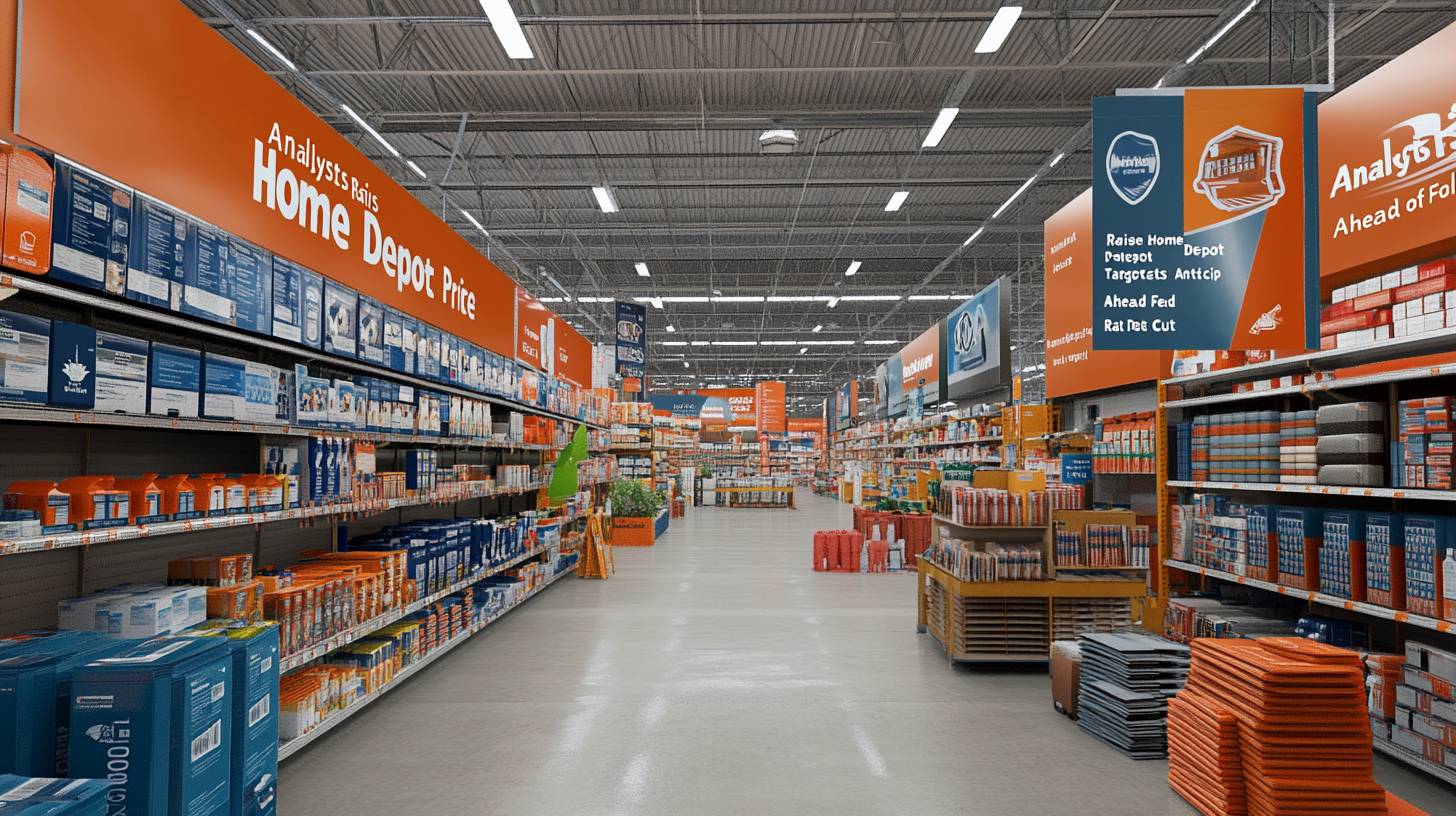
Home Depot’s Halloween Tactics Attract Customers Despite Economic Hurdles
Although Halloween is still a few weeks away, Home Depot (HD) has already recorded impressive progress. The home improvement leader introduced its Halloween collection as early as July, showcasing its legendary 12-foot “Skelly” skeleton and new licensed characters from NBC Universal.
“One significant realization was, ‘Wow, look at the increased traffic we’re generating at Home Depot with this Halloween initiative,’” remarked Lance Allen, Home Depot’s senior merchant for decorative holidays, in a conversation with *Fast Company*.
In an economically tough climate where consumers are wary of spending on non-essential items, particularly for seasonal products like a $0 Halloween decoration, Home Depot is employing a calculated strategy for its holiday product launches. “We don’t expect everyone to purchase every single item in the first year. We are very strategic about how we release items to allow customers to gradually expand their collections over time,” Allen further explained.
Strong Earnings Outperform Predictions, Yet Concerns Over Upcoming Sales Remain
Home Depot surpassed earnings forecasts in the second quarter, but the company expressed concerns about potential softening sales in the coming months. This is primarily attributed to ongoing issues stemming from elevated interest rates and a challenging consumer marketplace.
For the quarter ending July 28, Home Depot reported earnings of $4.6 per share, exceeding Wall Street’s expectations of $4.49 per share. Revenue was recorded at $42.18 billion, slightly above the projected $41.06 billion.
About 50% of Home Depot’s sales are generated from home professionals, while the other half is from do-it-yourself (DIY) customers, with approximately 90% of DIY shoppers being homeowners, as per CNBC.
“There is undoubtedly a direct correlation between declines in mortgage rates and the level of activity that you can see increasing in sales,” stated Richard McPhail, Home Depot’s chief financial officer, during the earnings call in August.
Home prices continue to remain high due to a lack of affordable housing and unprecedented mortgage rates. McPhail mentioned that numerous homeowners are postponing moves or financing home improvement projects as a result of these elevated rates.
Brad Case, chief economist at Middleburg Communities, noted that the Federal Reserve’s rate cuts won’t be sufficient to address the fundamental issues facing the housing market. “The core problem with single-family, owner-occupied housing is that it’s simply too pricey. It is overvalued to the extent that it was in 2006 before the housing market fell apart,” Case shared with *Yahoo Finance*.

